Periodic oil and oil filter changes are key aspects of car maintenance. By timely performing this simple procedure, you'll extend your engine's life and save on costly repairs in the future. Statistics show that about 40% of engine breakdowns are due to neglecting oil quality and timely changes. Therefore, I strongly recommend mastering this skill and performing the change yourself.
When to Change the Oil and Filter
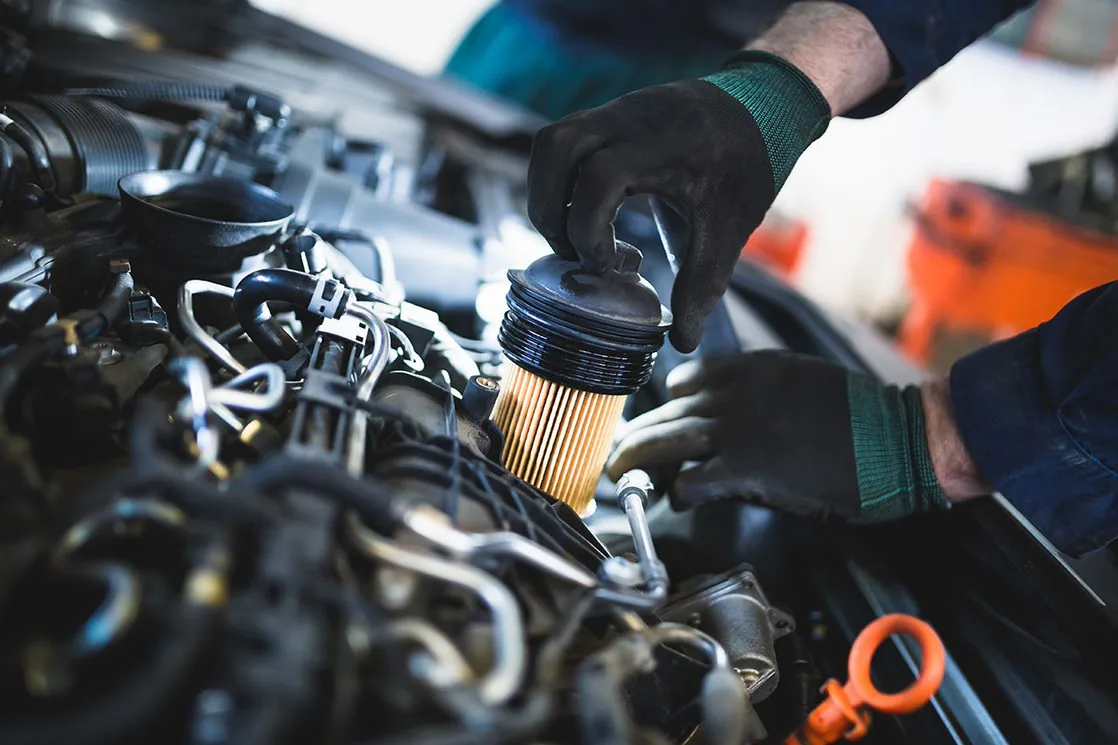
Most car manufacturers recommend changing the oil every 10,000 to 15,000 km (approximately 6,200 to 9,300 miles) or once a year. However, these intervals are averages - the actual frequency depends on many factors: driving style, engine loads, fuel quality, and the oil itself, as well as the operating conditions of the car.
For urban driving with frequent stops and cold starts, and for off-road driving, it's advisable to shorten the intervals. Conversely, for calm highway driving under optimal temperatures, the distance between changes can be slightly increased. In any case, follow the manufacturer's recommendations and trust oil analyses that objectively assess its current state.
Signs of Oil Problems
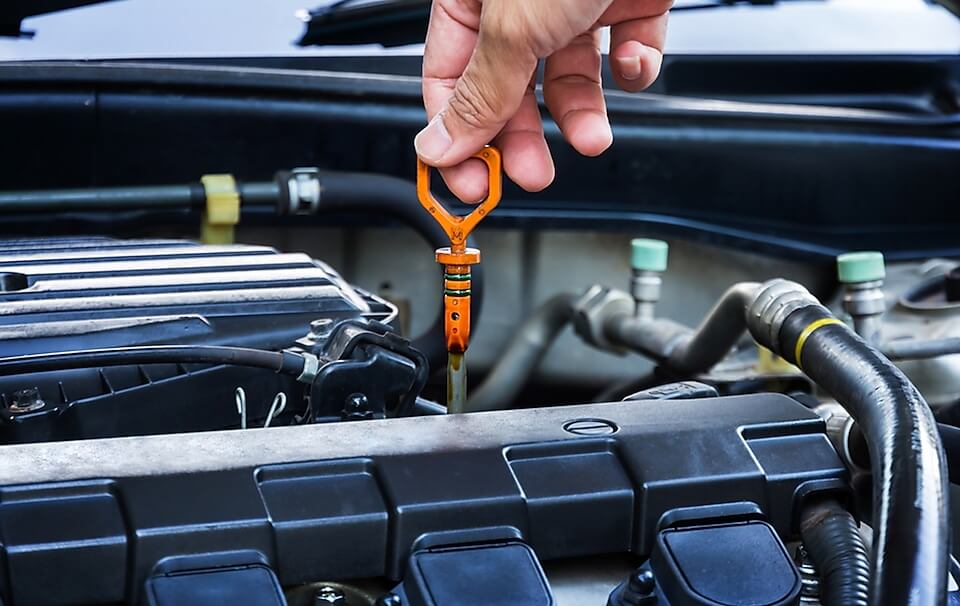
How to determine if there are problems with the engine oil? The following signs indicate issues:
- Sudden drop in oil level not related to obvious leaks - oil can burn off through the crankcase ventilation system.
- Increased oil consumption - a sign of wear in the cylinder-piston group.
- Darkening, thickening, and loss of fluidity of the oil - indicates the breakdown of the oil film due to overheating.
- Milky or brown color of the oil - dilution by coolant or fuel due to worn seals or gaskets.
- Increased engine noise or knocking - related to insufficient lubrication due to low level or worn oil.
- Increased fuel consumption and power loss - caused by friction and wear due to the absence of a normal oil film.
If you notice any of the symptoms listed, the oil and oil filter should be changed urgently. Sometimes, engine diagnostics are needed to identify the cause of the problem.
Choosing the Right Oil
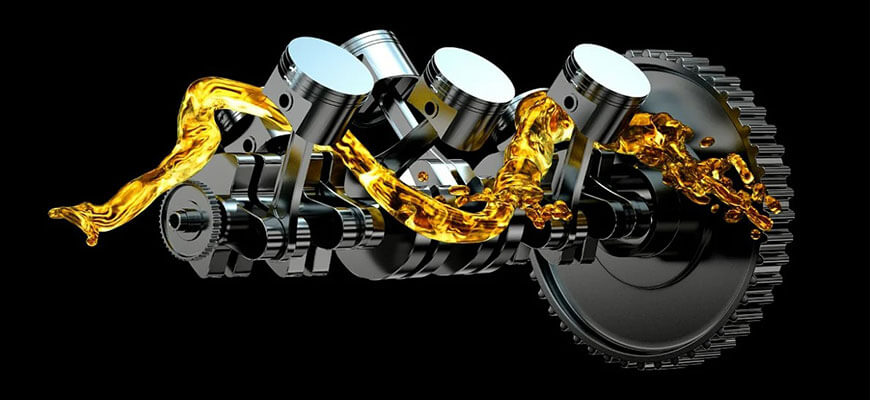
As already mentioned in the article, it's important to use certified oil that meets the viscosity, approvals, and specifications recommended by your car's manufacturer. Let's take a closer look.
The main criterion is the viscosity of the oil, which is indicated on the canister in numbers like 5W-30 or 10W-40. The first number with the W symbol represents viscosity in the cold, and the second number represents viscosity at operating temperature. The lower the first number, the better the fluidity of the oil at startup. The second number should correspond to the climate and operating modes. For hot climates, a higher second number is preferable.
Also listed on the canister are the approvals and specifications to which the oil conforms. This is very important as modern cars have special requirements for oils, including the content of various additives. For example, BMW recommends using only oils with Longlife approval, and different approvals are needed for gasoline and diesel engines from Volkswagen.
For naturally aspirated gasoline engines, universal semi-synthetic or synthetic oils of the SL/SM class according to API classification are usually suitable. For turbocharged engines, higher approvals are required - at least SN. And for modern high-loaded diesels, special oils with low sulfate ash content according to ACEA standards, Renault, VW, and other approvals are needed.
Choosing a Filter
The oil filter must be compatible with your specific engine model. The optimal option is the original filter from the car manufacturer or an equivalent from a reputable company. Be sure to check for the presence of high-quality rubber sealing rings.
Preparing for Replacement
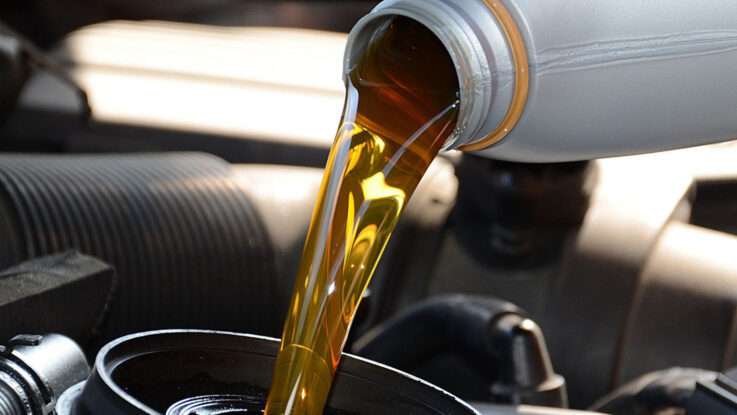
To perform an oil and filter change yourself, you will need the following minimum set of tools and consumables:
- Wrenches and pullers for filter removal
- Container for draining used oil
- Funnel for pouring in new oil
- Rags or paper towels
- New oil filter
- The necessary volume of fresh engine oil with the right viscosity and specifications
Also, prepare comfortable clothing, as the work is not clean. Start with a cooled engine, after the car has been stationary for a few hours.
An important point is to take care of personal safety and choose a suitable place to work. It's best to perform the oil change in an inspection pit or on reliable hard stands. If you have to get under the car, be sure to use solid wheel chocks.
The Replacement Process
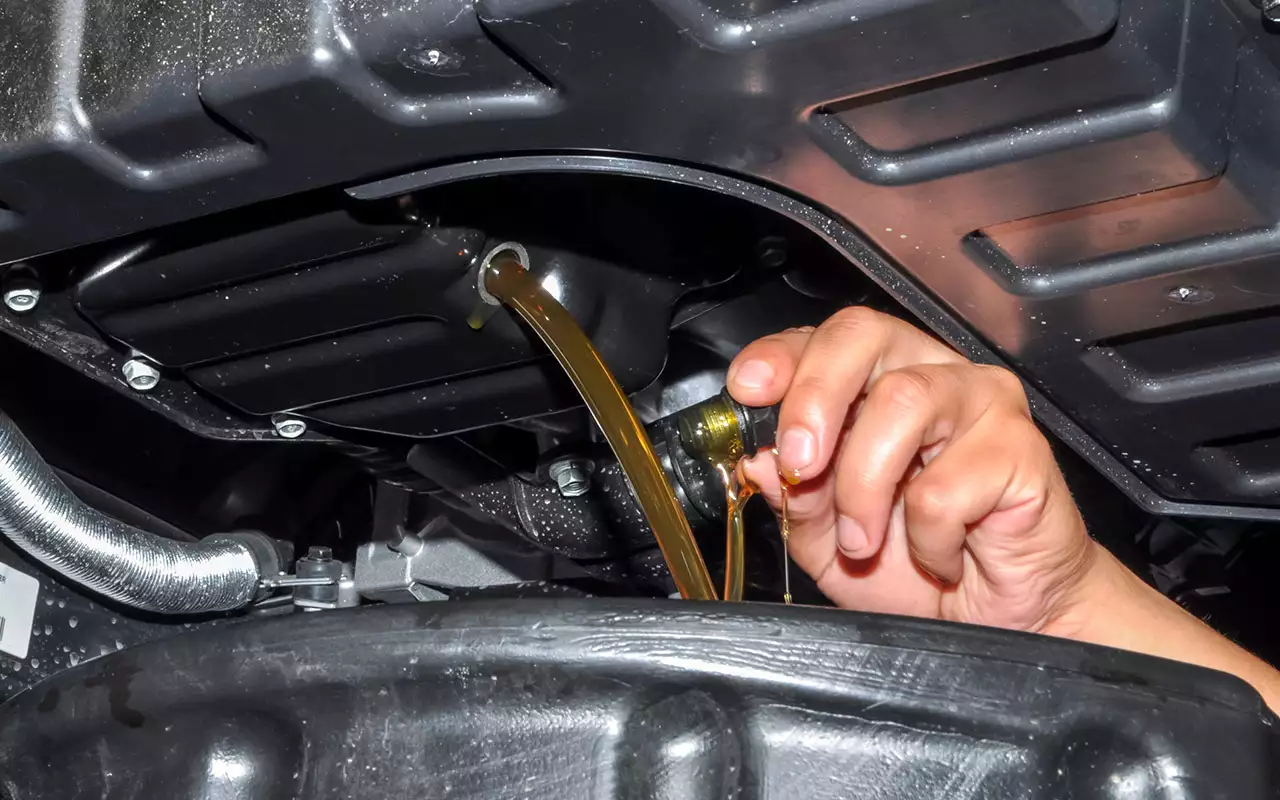
First, find the oil drain plug - it's usually located at the bottom. Place a container for used oil and unscrew the plug to let the oil drain out completely.
Then move on to replacing the filter. Its location can vary in different car models. On some, you may need to remove protective covers for access to the filter. Use a special puller or straps for better grip. After loosening the filter, be sure to place a container for the remnants of the old oil. Wipe the surface for the installation of the new filter.
Before installing the new filter, lubricate its sealing ring with fresh oil. Screw on the filter by hand, without using tools, to avoid overtightening.
Next, you can start pouring in the new oil through the dipstick hole. Pour slowly, allowing time for air displacement. Follow the required volume indicated in the car's manual.
Important tip: It's better to add oil in stages, periodically checking the level with the dipstick. This prevents overfilling.
After pouring in the full volume, start the engine and let it run at idle for 3-5 minutes to circulate the oil. Then turn off the engine, wait a minute, and check the level again. If necessary, add oil to reach the appropriate mark on the dipstick.
Safety Tips
Safety measures are extremely important when working under a car. Here are some points to consider:
- Choose a flat horizontal surface with a firm non-slip covering.
- If going under the car, use sturdy factory-quality support stands. Never rely solely on a jack!
- Place wheel chocks behind the wheels.
- Engage the parking brake and put the car in gear. On an automatic transmission, move the selector to the "Park" position.
- Wear comfortable non-slip shoes and clothes that do not restrict movement.
- Use gloves to prevent cuts and burns from sharp edges and hot parts.
- Keep a functioning fire extinguisher handy in case of fire.
- Do not allow children or pets in the work area.
- Try to do everything outdoors or in a well-ventilated area.
By following these precautions, you protect yourself from injuries and unforeseen situations.
Disposal of Used Oil
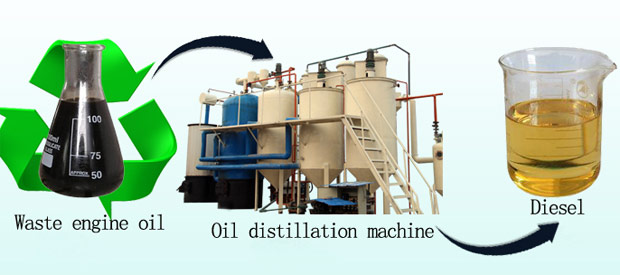
Remaining used oil should not be simply poured out or buried - it can cause serious ecological damage. It should be disposed of only at specially equipped collection points. Many communities have separate waste collection programs, including points for collecting used automotive fluids.
You can also visit the nearest service stations or tire shops, which are obliged to accept used oil from citizens. Some oil companies also organize collection points in shopping centers.
Closing Remarks
Changing oil and the filter yourself is a feasible task, for which you don't necessarily need to visit a service station. Once mastered, you'll permanently acquire a useful skill for maintaining your car. The key is to follow all safety recommendations, purchase consumables only from reputable manufacturers, and perform changes on time - then your car's engine will last as long as possible.
FAQ: Oil and Oil Filter Change
What happens if I don't regularly change the oil?
Not changing oil in a timely manner can lead to accelerated engine wear, overheating, and eventually, serious breakdowns requiring costly repairs.
How often should I change the engine oil and oil filter?
Most manufacturers recommend changing the oil every 10,000 to 15,000 km (about 6,200 to 9,300 miles) or once a year, but it depends on operating conditions, type of oil, and the car.
Can I use a different brand of oil than recommended by my car's manufacturer?
Yes, as long as it meets the necessary specifications and viscosity indicated by the car manufacturer.
How to determine when to change the oil filter?
The oil filter should be changed every time you change the motor oil to ensure effective filtration.
What happens if I overfill the oil?
Overfilling oil can lead to increased pressure in the system, which can damage seals and cause leaks, as well as deteriorate engine performance.
Can I mix synthetic and mineral oil?
Theoretically, this is possible, but it is not recommended, as it may reduce the efficiency and working characteristics of the oil.
How to dispose of used motor oil?
Used motor oil should be taken to specialized collection points or service stations where it will be recycled or disposed of properly.
Should I change the oil if the car has not been used for a long time?
Yes, the oil should be changed over time, even if the car has not been in use, as the oil degrades over time.
How to check the oil level in the engine?
Check the oil level using the oil dipstick. Pull it out, wipe it off, reinsert it, and then pull it out again to evaluate the level on its indicator.
Can I change the oil myself without experience?
Yes, changing oil is a procedure that can be done yourself by following instructions and safety measures. However, if you lack experience, it's advisable to perform the change for the first time under the supervision of someone more experienced.
